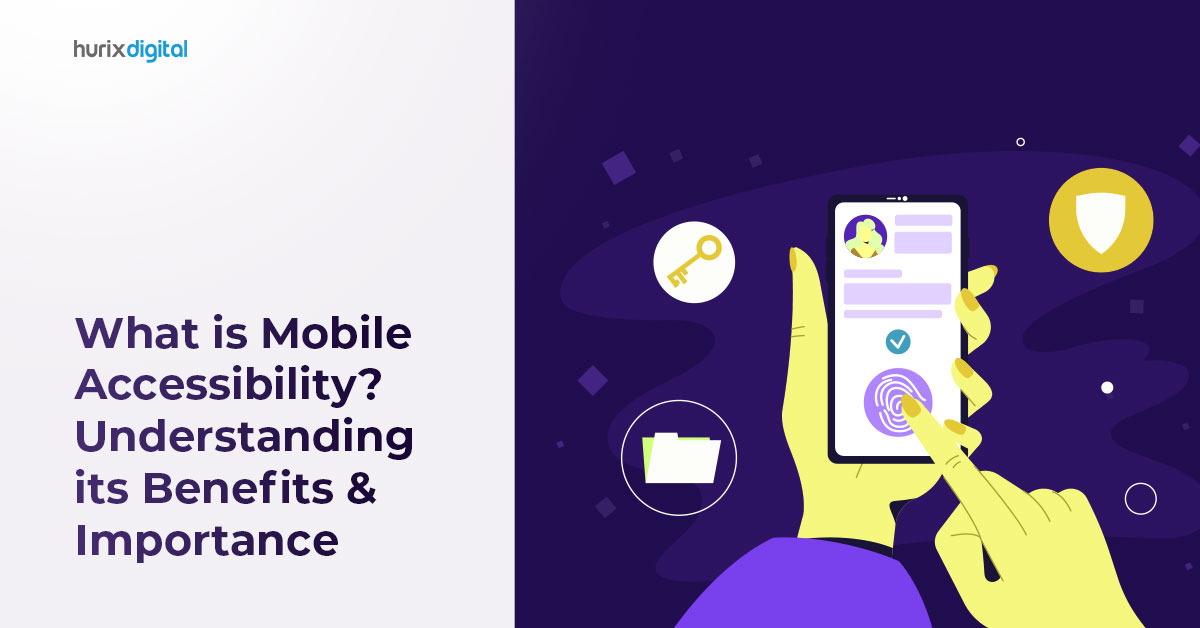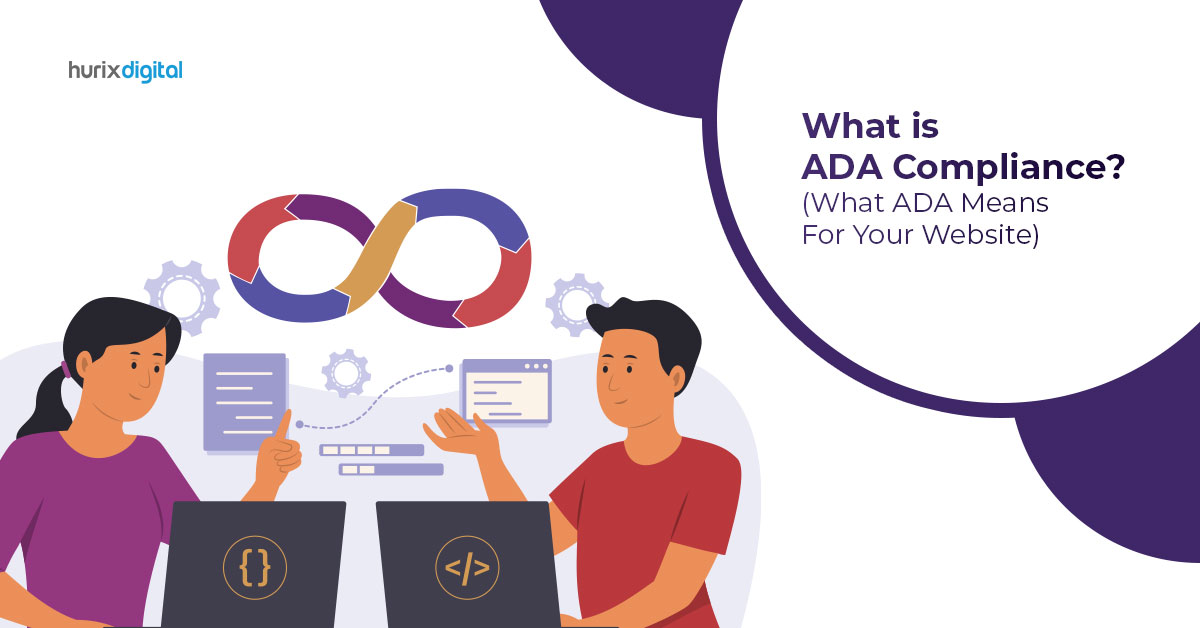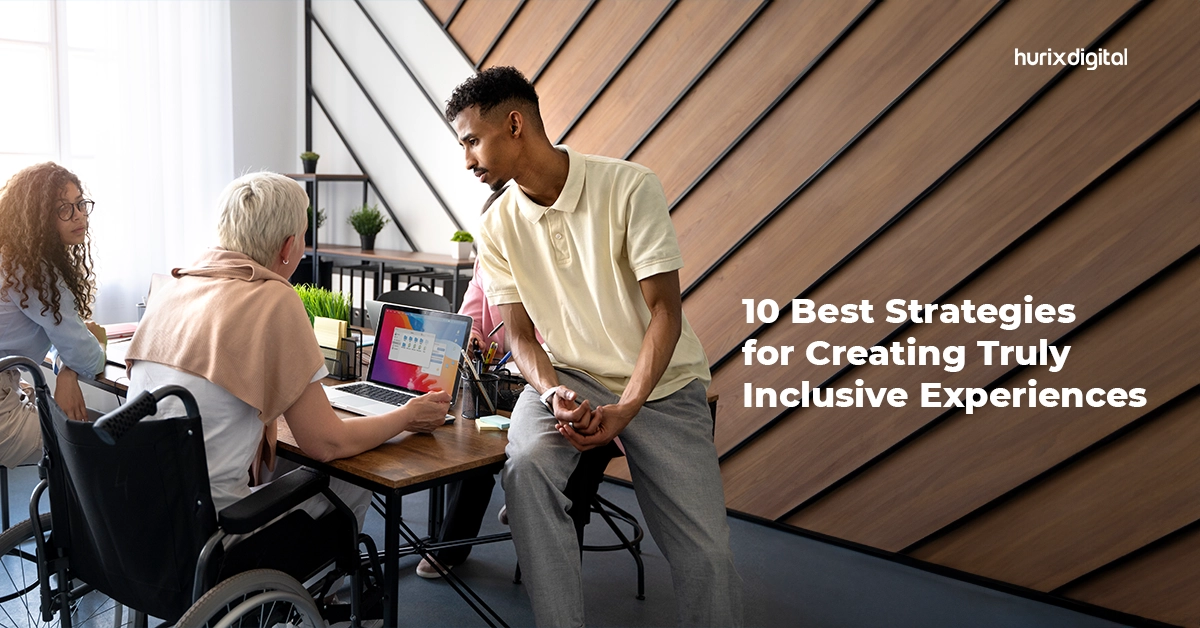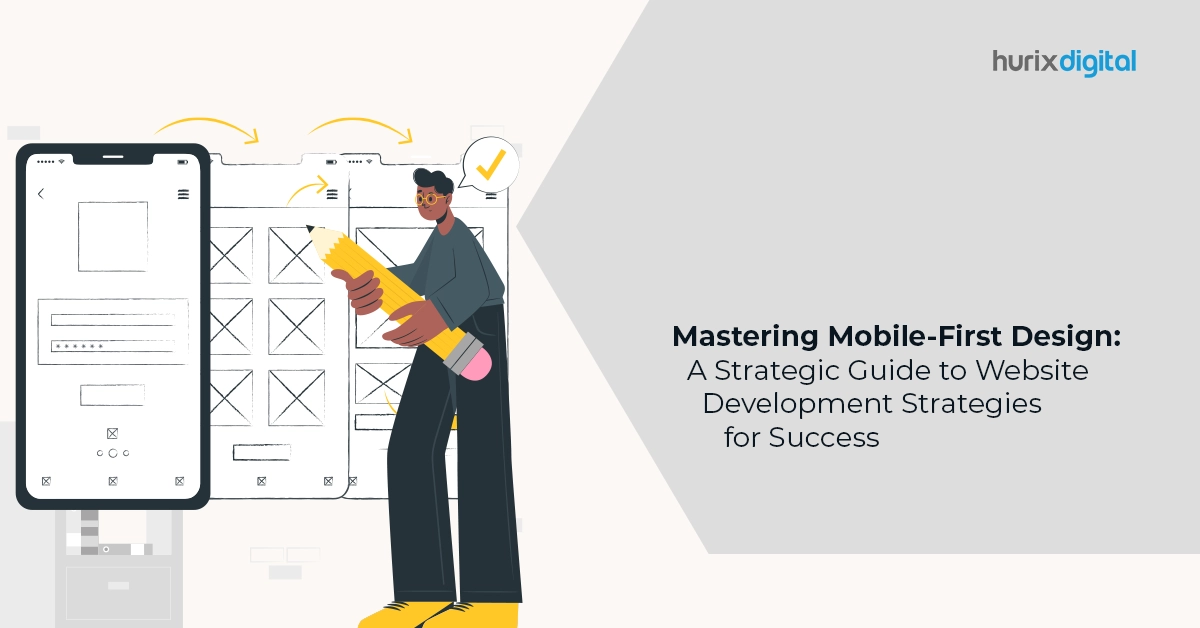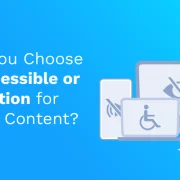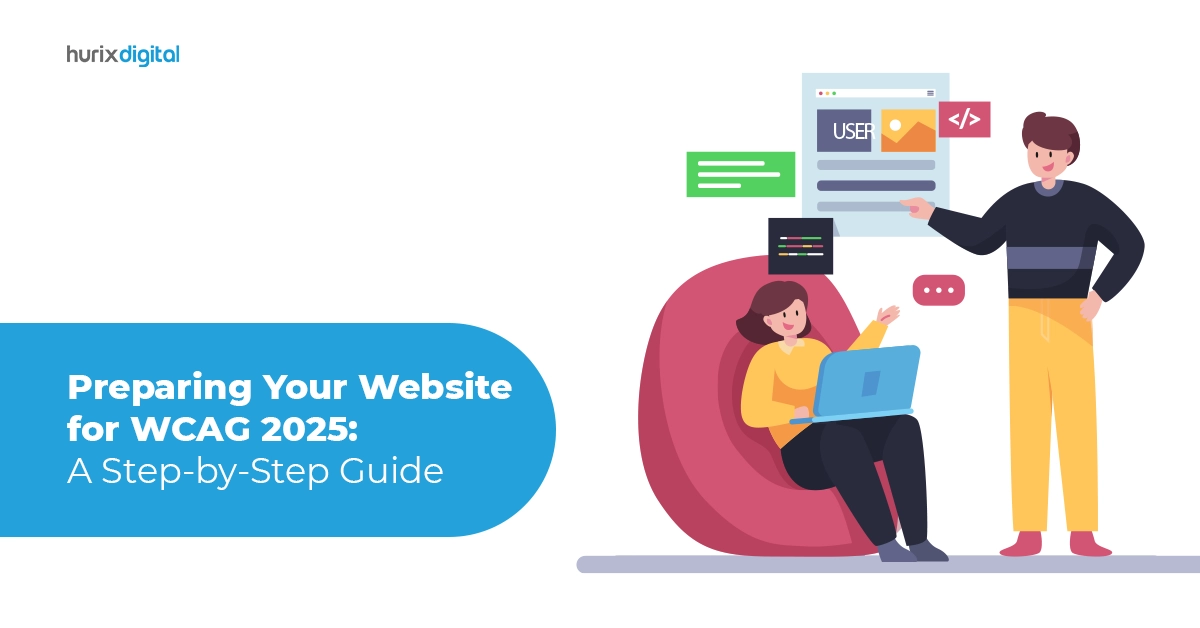
Preparing Your Website for WCAG 2025: A Step-by-Step Guide
Summary
This article serves as a step-by-step guide to prepare your website for WCAG 2025. It entails accessibility best practices, accessibility audits, and accessibility solutions.
Imagine being locked out of the library, the bank, or even your doctor’s office not by doors and passwords but by design itself. This is the stark reality millions of people with disabilities face online, where websites and apps become impassable walls due to inaccessible features.
In such a scenario, web accessibility steps in, not just as a moral imperative but as a key to unlock a world of opportunities for everyone.
Table of Contents:
- How to Prepare Your Website for WCAG 2025?
- What is ADA Compliance?
- The Role of Artificial Intelligence in Increasing Web Accessibility
- AI-Powered Accessibility Solutions: A Doubled-Edged Sword?
- The Bottomline
Web Content Accessibility Guidelines (WCAG), developed by the W3C, serve as the roadmap for building inclusive digital experiences. It necessitates audio image descriptions for the visually impaired and ensures keyboard navigation for those with motor limitations to ensure that no one gets left behind in the digital revolution.
The need for accessibility extends beyond ethics. The European Accessibility Act (EAA), coming into effect on June 28, 2025, mandates accessibility across digital products and services. Businesses ignoring this wave risk legal repercussions and miss out on a vast untapped market.
As per the data of WHO, 1.3 billion people, constituting 16% of the global population of significant consumer base and workforce, live with disabilities.
Web accessibility envisions a world where everyone benefits by accessing vital resources while the digital world lives up to its full potential. Thus, businesses must understand that accessibility is not an afterthought but a cornerstone of success.
Adopting WCAG is not about compliance only. It is about opening doors, building bridges, and creating an all-inclusive digital future.
How to Prepare Your Website for WCAG 2025?
Here’s how you can prepare your website for WCAG 2025:
- Enlist web accessibility experts to audit your website and apps to suggest inclusive solutions.
- Train your employees on accessibility guidelines because knowing the rules creates a culture of ongoing compliance and a commitment to universal reach.
- Take action on the audit findings. Add alt text to images, insert video captions, and ensure your platforms are keyboard-friendly.
- Do not be static. Adapt your platform proactively as technology and guidelines evolve.
What Is ADA Compliance?
ADA stands for the Americans with Disabilities Act. ADA compliance ensures access to every digital platform and electronic service to all individuals, including the ones with disabilities. It comprises features like text-to-speech and voice-typing to help people with impairments navigate websites with ease.
ADA compliance is necessary for businesses as it is a legal requirement. Failure to comply can make them liable to pay hefty fines and lawsuits from affected users. Accessibility compliance also offers a chance to boost revenue as a wider audience can access the services of a business.
Also Read: Common Pitfalls in Mobile App Accessibility Testing and How to Avoid Them?
The Role of Artificial Intelligence in Increasing Web Accessibility
The digital world is ever-evolving. Ensuring equal access to everyone becomes a matter of supreme importance in such a scenario. Websites must adhere to WCAG to create inclusive experiences for individuals with disabilities.
However, achieving seamless accessibility can be a complex and continuous process. Artificial Intelligence emerges as a powerful ally that helps streamline efforts and enhances digital accessibility features with remarkable precision.
Let us discuss the impact of AI in increasing website accessibility.
1. AI-Powered Captioning to Bridge the Auditory Gap
One of the most incredible applications of AI lies in multimedia content captioning. Videos, podcasts, and online presentations often leave people with hearing impairments at a disadvantage.
But with the emergence of AI tools, one can automatically generate accurate and synchronized captions, translating spoken words into text that appears alongside the audio. This allows individuals with hearing difficulties to engage with the content fully.
2. Speech Recognition to Empower Hands-Free Navigation
Traditional keyboard and mouse controls can pose significant challenges for individuals with physical disabilities or limited mobility. AI-powered speech recognition technology comes to their rescue by enabling such users to surf websites and interact with content solely through voice commands.
With the integration of chatbots or virtual assistants, websites can leverage the power of speech recognition to guide users, answer questions, and assist. This offers a convenient and intuitive browsing experience for everyone.
3. Facilitate Visual Understanding with Words
Images and graphics are central to the web, but for people with visual impairments, they can remain cryptic and inaccessible. AI-powered object detection and image recognition help analyze visual content and translate it into descriptive text or audio.
The narration of screen readers becomes the eyes of visually impaired individuals, providing them with a clearer understanding of the page’s visual context.
4. Include Sign Language
Sign language is the primary mode of communication for the deaf and mute. AI-powered Sign Language translation technologies can automatically translate text content into video interpretations in Sign Languages, such as American Sign Language (ASL).
This feature allows individuals to consume information readily available to hearing users despite their disabilities.
5. Enhance the Browsing Experience
AI-based analytics identify accessibility barriers within a website’s layout and suggest improvements to optimize the user’s overall experience. AI can personalize website interfaces and content based on individual needs and preferences to enhance accessibility for users with varied disabilities further.
AI-Powered Accessibility Solutions: A Doubled-Edged Sword?
While AI holds immense promise for boosting website accessibility, its limitations can construct barriers for users with disabilities.
For instance, the text-to-speech feature is impressive but can stumble over complex pronunciations or nuance, leaving visually impaired users with a garbled picture of the written content. Similarly, voice recognition also falters at times and misinterprets accents, stutters, or background noise, rendering interaction a laborious exercise in frustration.
Automatic video captioning also falls short at times. Misidentified words, incorrect punctuation, and faulty descriptions can confuse differently-abled viewers. Imagine relying on captions to understand a medical video only to encounter nonsensical terms, making the consequences of inaccurate AI assistance severe.
While AI has the potential to break down barriers, its reliance on algorithms leaves it vulnerable to errors that can exacerbate existing limitations for disabled users. Differently-abled users face accessibility errors in 4.8% of home page elements.
Responsible development, prioritizing human oversight, and rigorous testing can ensure that AI tools are accurately bridging the gap, not widening it.
Also Read: Why are Keyboard Navigation Services Crucial for Web Accessibility?
The Bottomline
Understanding the intricacies of WCAG might seem daunting for businesses, but the rewards are undeniable. The benefits of leveraging AI for web accessibility are multifaceted. Not only does it empower individuals with disabilities, but it also improves the overall user experience for everyone.
Websites adhering to WCAG guidelines enjoy better search engine rankings, as Google prioritizes accessible content. Moreover, creating an inclusive online environment fosters diversity and social responsibility, building a more equitable digital landscape for all.
Inclusivity is not an option but necessary to gain a competitive edge and build an all-inclusive brand. Preparing for WCAG implementation requires investment, but the long-term benefits outweigh the initial costs. Choose Hurix Digital for WCAG with its AI-powered accessibility solutions.
While WCAG provides the roadmap to achieve accessibility, Hurix Digital tackles the challenges head-on by offering comprehensive accessibility testing, expert remediation, and continuous follow-up under one roof.
Contact us today!

Vice President – Digital Content Transformation. He is PMP, CSM, and CPACC certified and has 20+ years of experience in Project Management, Delivery Management, and managing the Offshore Development Centre (ODC).
